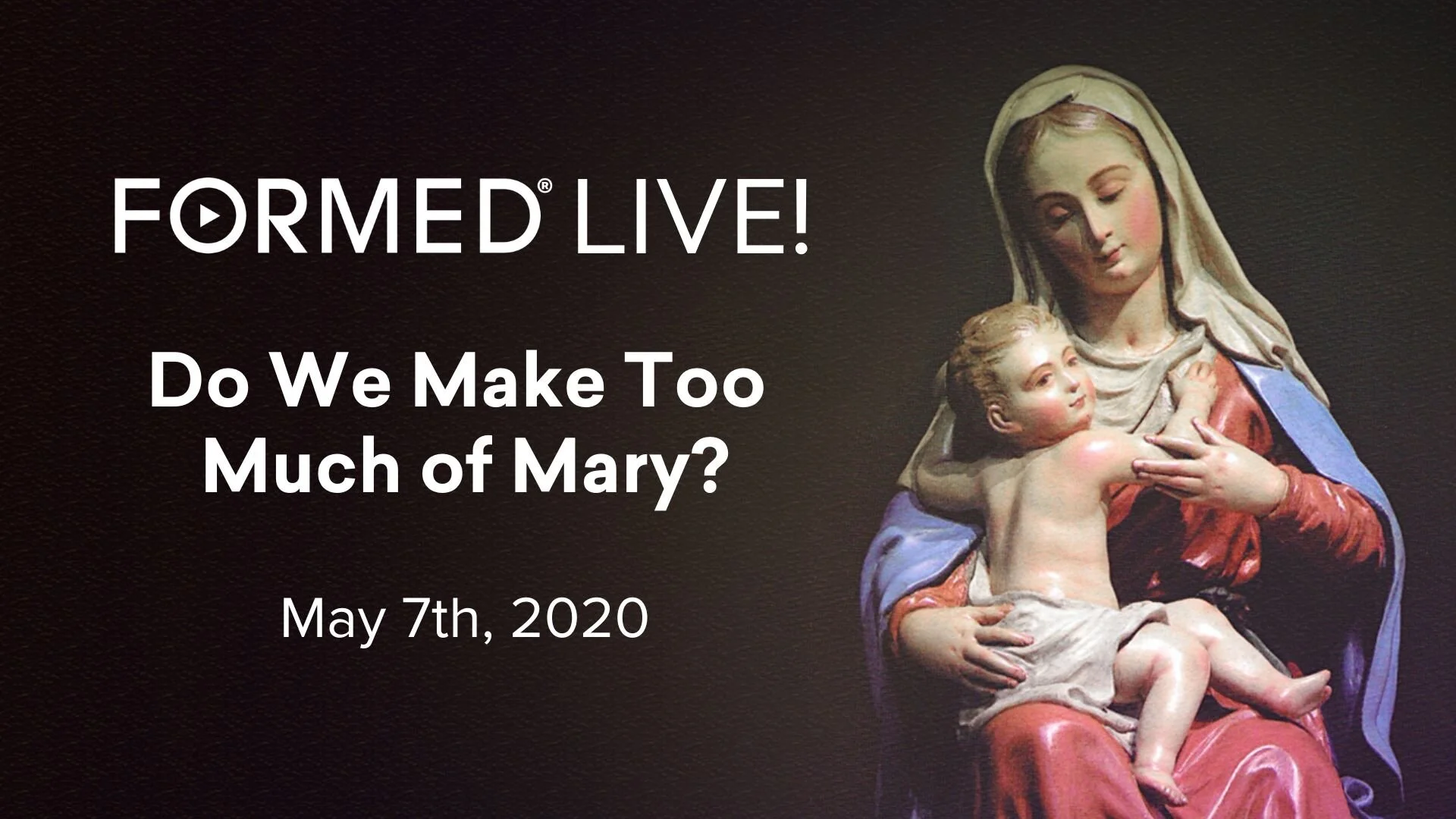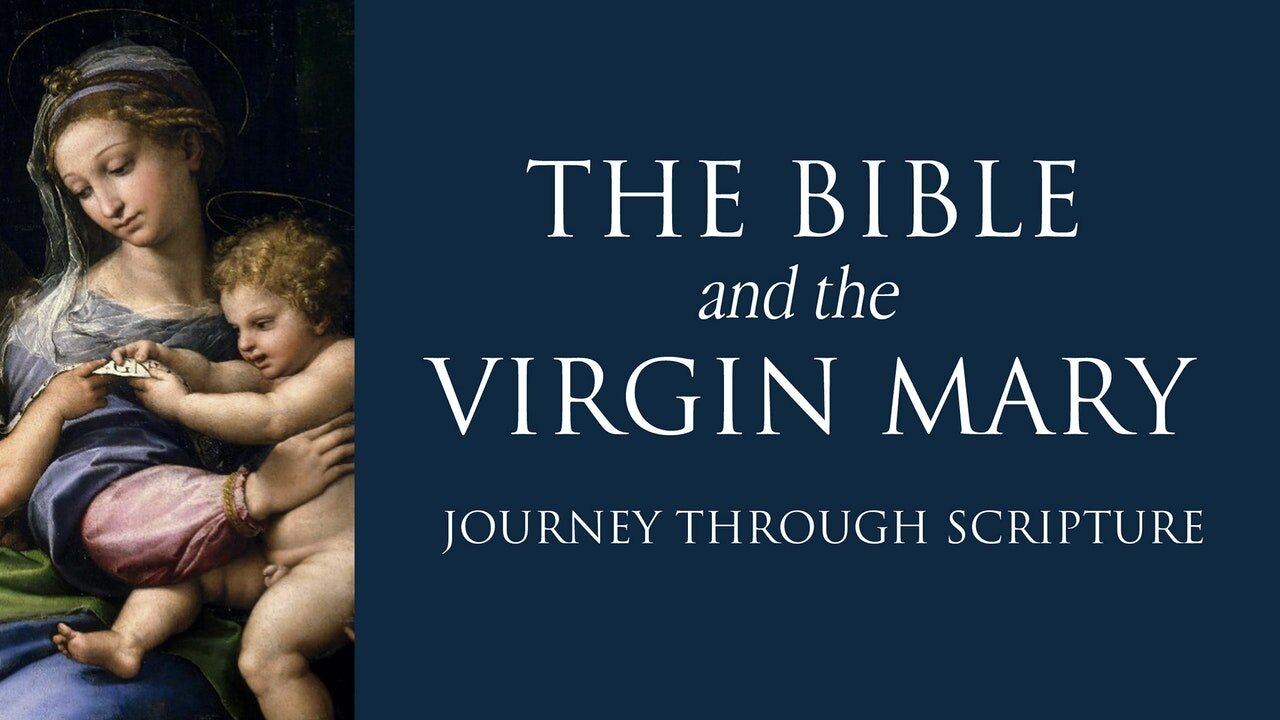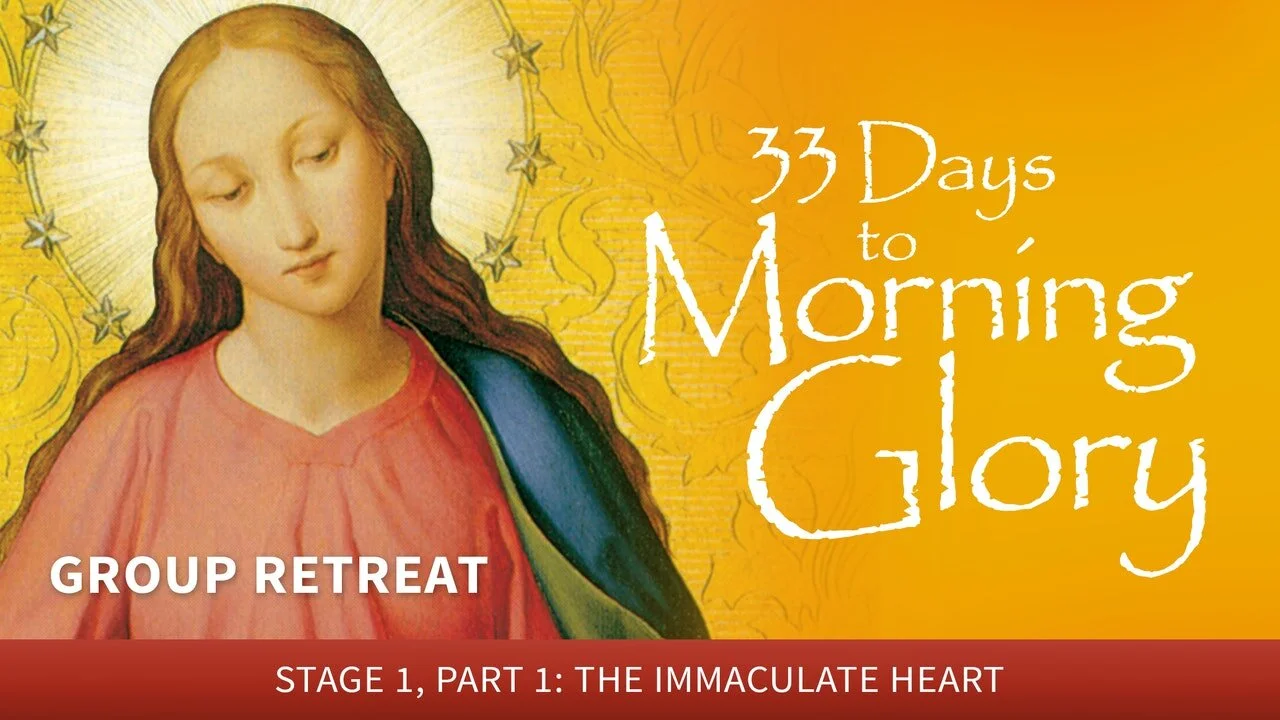May is the month of Mother Mary!
We may not be able to gather for a May crowning, but we have plenty of ideas for you to honor Our Lady during this quarantine.
Want to know why we celebrate Mary all month? Click the picture and watch a video from FORED.org.
You don’t need an account. It’s free, you just need an email.
Learn About Mother Mary
What’s the big deal about Mary if our Faith is in God the Father, Sin, and Holy Spirit?
If 1 Timothy 2:5 says:
For there is one God, and there is one mediator between God and men, the man Christ Jesus…
then how is it not a sin to go to Mary with our prayer intentions?
Whether you get questions like these from others, or have them yourself, tune in to learn why Mary is so important to our lives.
Click here to watch LIVE or watch the recording if you miss it.
This program has a free participant guide along with 12 short episodes so you can take it at your pace. Learn something new about Our Lady with this program filled with beautiful imagery.
Featuring the insightful biblical teaching of Dr. Brant Pitre, Lectio Mary: The Bible and the Mother of God examines what Scripture, the life of Christ, and the early Church fathers reveal about Mary. By closely examining the connections between the Old and New Testaments, Dr. Pitre presents clear and easily understood explanations about the life and identity of Mary, the Mother of God.
Click here to watch!
Take some time to look up the different apparitions of Our Lady all around the word. Which one is your favorite story?
Our Lady of Guadalupe
Our Lady of Lezajsk
Our Lady of Siluva
Our Lady of Laus
Our Lady of the Miraculous Medal
Our Lady of Zion
Our Lady of LaSalette
Our Lady of Good Help
Our Lady of Pontmain
Our Lady of Gietrzwald
Our Lady of Beauraing
Our lady of Banneux
Our Lady of Kibeho
Our Lady of Akita
There are more but make sure you look up Vatican approved apparitions!
Activities With Mother Mary
This one has a lot of great crafts from Katie Brogner which she graciously shared free on her blog here.
This PDF full of link includes:
crafts
books
playlist
Old Testament/New Testament Marian cards
7 Sorrows Bible study
and more!!!
Find various holy images from around your house and create a mini holy altar in your home.
Once you’ve got you’r altar set up, pick a day in your home to play music, dress up, crown Mary on the altar, and then eat cake and celebrate!
Pray With Mother Mary
A beautiful and helpful reminder to pray during the Fatima Novena!
May 5th-May 13th
This design is from beaheart design found on their instagram.
If you aren’t already doing the 33 Days to Morning Glory with us (see here for more info on that), then consider taking it up right now!
You can either use the FORMED.org link here or click on the picture.
Consecration for kids here & for teens here.
Pray a rosary with your family. Zoom with family, call someone as close to you as family, and join together in prayer. If you want people to lead you, try watching our YouTube videos:
Click here to be led in the Glorious Mysteries
Can’t do a full rosary in one sitting? Try praying one through the day! It looks something like this:
Wake up - pray the lead up prayers
10am - pray the first decade
12pm - pray the second decade
2pm - pray the third decade
4pm - pray the fourth decade
6pm - pray the fifth decade
Bedtime - pray closing prayers
Wanna do something different in prayer? Look up the different titles of Mother Mary and see which name sticks out to you the most. Look up an image of that title, look up the history of that title, and see if there are any prayers attached to that title.
Get to know your Mama!

























